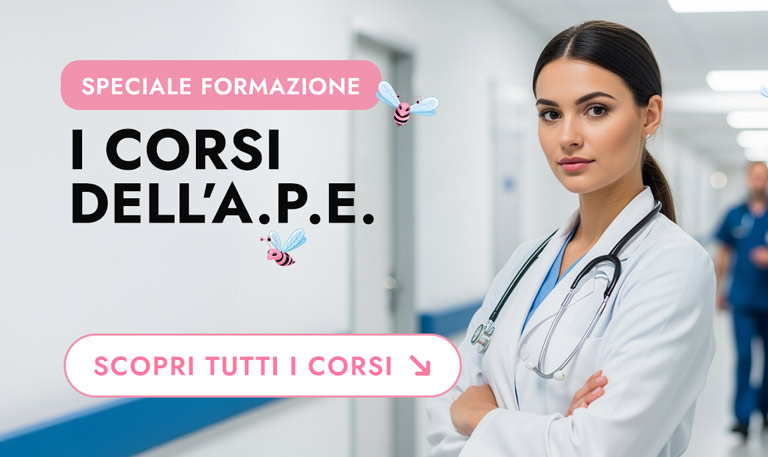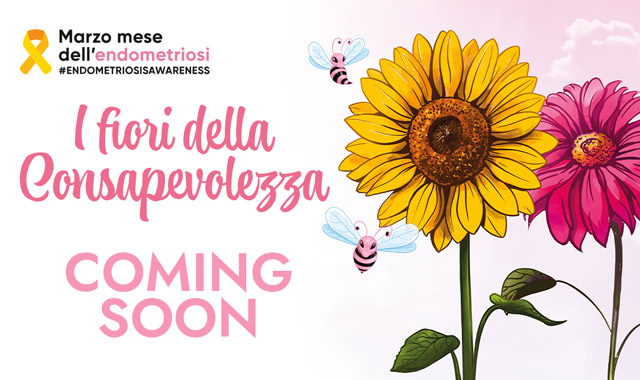Therapies
HOW IS ENDOMETRIOSIS TREATED?
Currently, there is no definitive cure for endometriosis, but there are several treatment options available to manage symptoms and improve quality of life. The choice between medical and surgical treatment should always be made in consultation with a specialized endometriosis center (you can find an updated list on our website), based on factors such as:
- Patient’s age
- Pain intensity
- Desire for pregnancy
- Severity of lesions
- Individual response to medication
MEDICAL THERAPY: HORMONAL CONTROL AND SYMPTOM MANAGEMENT
Medical treatment is based on the fact that endometriosis is a hormone-dependent condition: estrogen promotes the growth of endometriotic lesions. The goal of therapy is therefore to reduce estrogen levels and inhibit ovulation, creating a hormonal environment that "puts the disease to rest" and slows its progression.
The main options include:
-
Combined hormonal contraceptives (COCs): These block ovulation and reduce the activity of endometriotic lesions. When taken continuously (without a break), they are more effective at controlling pain.
Evidence: Supported by ESHRE (2022) and ACOG (2021) guidelines. -
Progestins (e.g., dienogest): These suppress ovulation and induce atrophy of endometriotic tissue. Dienogest is particularly effective and well-tolerated even with long-term use.
Sources: RCT studies (Harada et al., Strowitzki et al.), ESHRE, NICE.
The pill can be taken cyclically (21 days of use followed by a 7-day break with menstrual bleeding) or continuously, with uninterrupted use for more than 21 consecutive days (skipping the 7-day break and thus avoiding menstruation).
Progestins, on the other hand, are always taken continuously, without any breaks, effectively suppressing menstruation.
It’s important to know that the absence of menstruation during treatment does not mean menopause, and this condition can last for years without serious consequences if properly monitored.
Among the various hormonal treatments available for managing endometriosis, two increasingly used options are the vaginal ring and the intrauterine system (IUS) that releases progestin. Both are low-dose, locally administered hormonal therapies designed to reduce cyclic hormonal activity and, consequently, inflammation and pain caused by the disease.
-
Vaginal ring: A flexible device easily inserted into the vagina, releasing estrogen and progestin continuously. It is usually worn for three weeks followed by a one-week break, although in endometriosis protocols it can be used continuously without interruptions to prevent menstruation.
-
Hormonal IUS: A small T-shaped device inserted into the uterus by a gynecologist, which releases a small amount of progestin (levonorgestrel) directly into the endometrium, reducing inflammation and the growth of endometriotic tissue.
-
GnRH agonists: In selected cases, drugs that induce temporary artificial menopause may be used. These can have side effects similar to natural menopause (hot flashes, weight gain, irritability, osteoporosis), so their use is limited and not recommended for long-term treatment.
Medical therapy is often long-term, especially for those not seeking pregnancy. After discontinuation, symptoms may return—hence short-term or poorly tolerated therapies are rarely effective in the long run.
SURGERY FOR ENDOMETRIOSIS: WHEN IT’S NEEDED AND WHAT TO EXPECT
Surgery is never the first option for treating endometriosis, but it may become necessary in some cases. In particular, surgery is considered when medical therapy is insufficient to control symptoms, when there are large ovarian cysts, or when endometriosis affects organs such as the bowel or bladder, causing significant and persistent issues.
Fortunately, in recent years, surgical techniques have become increasingly precise and minimally invasive. Laparoscopy is now the most common approach: a technique that allows for effective yet gentle treatment through 3 or 4 small incisions in the abdomen. Thin instruments are inserted to explore the abdominal cavity and identify lesions, cysts, or nodules. If abnormalities are found, they are removed during surgery and a biopsy can be performed.
Advantages of laparoscopy:
- Short hospital stay (typically 2–4 days)
- Quick return to daily activities
- Minimal and barely visible scarring
If the lesions are too extensive or complex to be treated laparoscopically, laparotomy may be required—a more traditional surgical method involving a horizontal incision in the lower abdomen. This is more invasive, with longer recovery times and more noticeable scarring, and is used only when necessary for safety.
It’s important to note that while surgery can provide significant relief, endometriosis can recur over time, even after successful procedures. For this reason, especially if pregnancy is not desired, ongoing hormonal therapy (such as birth control pills or progestins) is often recommended post-surgery to keep the disease "at rest" and reduce the risk of recurrence.
A MULTIDISCIPLINARY APPROACH TO MANAGING ENDOMETRIOSIS
Endometriosis is a complex chronic condition that requires an integrated therapeutic approach. Treatment should address not only the medical and surgical aspects but also include complementary strategies aimed at improving patients’ quality of life. In this context, a multidisciplinary approach proves particularly effective, including physiotherapy, psychological support, and lifestyle interventions such as nutrition. Below are three key pillars of this approach, supported by scientific literature:
Pelvic floor physiotherapy
Pelvic floor physiotherapy is one of the most effective tools for managing common symptoms in endometriosis patients, such as dyspareunia (pain during intercourse) and chronic pelvic muscle tension. Through specific techniques—muscle relaxation, biofeedback, massage therapy, and targeted exercises—muscle-related aspects of chronic pain can be alleviated.
According to a study by Morin et al. (2017) published in Physical Therapy, patients who followed a pelvic floor physiotherapy protocol reported significant improvement in dyspareunia and quality of life compared to the control group. This type of therapy helps break the vicious cycle of chronic pelvic pain, often worsened by muscle spasms and hypertonicity.
Source: Morin M., Carroll M. S., Bergeron S., “Pelvic floor physical therapy for dyspareunia associated with endometriosis: A randomized controlled pilot study”, Physical Therapy, 2017.
Psychological support
Endometriosis also has a strong impact on mental health. Chronic pain, relationship and fertility challenges, and feelings of isolation can lead to high levels of anxiety, depression, and stress. Psychological support is therefore a key component of a multidisciplinary approach.
Cognitive-behavioral therapy (CBT), mindfulness, and chronic pain management techniques have proven effective in reducing the psychological burden of the disease. Facchin et al. (2015), in a review published in Human Reproduction Update, highlighted how these psychotherapeutic strategies significantly improve quality of life in women with endometriosis. Such approaches foster body awareness, reduce pain perception, and help develop effective coping strategies.
Source: Facchin F., Barbara G., Dridi D. et al., “Mental health in women with endometriosis: searching for predictors of psychological distress”, Human Reproduction Update, 2015.
Anti-inflammatory nutrition
Nutrition can also play an important role in managing endometriosis by helping modulate inflammation and pain. An anti-inflammatory diet—rich in omega-3s, fruits, vegetables, and whole grains, and low in processed foods, refined sugars, and trans fats—can help reduce symptoms associated with the disease.
A review by Nirgianakis et al. (2020), published in Reproductive Biomedicine Online, confirms the potential benefits of targeted nutrition in the context of endometriosis. The authors emphasize that a balanced diet aimed at reducing systemic inflammation may not only relieve pelvic pain but also support overall well-being.
Source: Nirgianakis K., Ma L., McKinnon B. et al., “Dietary interventions in endometriosis: insights from basic and clinical studies”, Reproductive Biomedicine Online, 2020.
A.P.E., with the support of nutritionists and dietitians, has developed dietary guidelines available [HERE].
THERAPIES UNDER INVESTIGATION
- Immunomodulators (e.g., anti-TNF agents)
- Angiogenesis inhibitors (e.g., bevacizumab)
- Microbiota: emerging role in inflammation modulation
- Gene/epigenetic therapies: still in preclinical stages
Sources: Zondervan et al., Nature Reviews Disease Primers, 2018; Giudice et al., Nat Rev Endocrinol, 2020
IN CONCLUSION
Managing endometriosis should be tailored to each individual patient, integrating the various available approaches. Therapeutic options are numerous and constantly evolving thanks to ongoing research. Consulting a multidisciplinary team is essential to identify the most suitable treatment path for each case.












